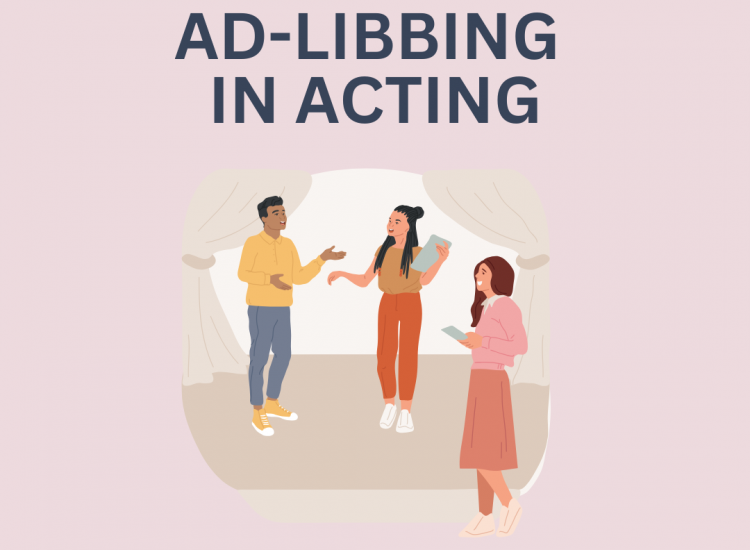When it comes to acting terms every young performer should know, ad-libbing definitely earns a spot at the top. You might’ve heard it tossed around in acting class, or maybe you’ve seen a scene where an actor drops a line that just feels too real to be scripted. That’s ad-libbing in action—and yes, it’s a skill worth learning.
So, What Is Ad-Libbing?
Ad-libbing (short for ad libitum, Latin for “at one’s pleasure”) is when an actor improvises dialogue or actions that aren’t in the script. It can be as simple as throwing in a natural reaction—like a laugh, gasp, or eye-roll—or as bold as crafting an entirely new line on the spot. Think of it as improv’s close cousin, often used in scripted performances when the moment calls for spontaneity.
Why Do Actors Ad-Lib?
Great question. Sometimes it’s to keep a scene flowing if something unexpected happens, like a forgotten line or a dropped prop. Other times, ad-libs are encouraged to bring authenticity to a character. Many of the most iconic moments in film history? Total ad-libs. (We’re looking at you, “I’m walkin’ here!” from Midnight Cowboy.)
The Importance of Education in Ad-Libbing
Here’s where the education importance comes in. While ad-libbing might seem effortless, good improv is grounded in strong acting fundamentals. Knowing your character inside and out, understanding scene objectives, and being able to stay present—all of that comes from solid training.
Actors who’ve studied their craft are more likely to deliver ad-libs that elevate a scene rather than derail it. That’s why acting classes and workshops are so valuable. They don’t just teach you how to memorize lines—they teach you how to live in the moment.
How to Practice Ad-Libbing
If you’re an aspiring actor wanting to build your improv muscle, start small:
-
React honestly to scene partners.
-
Try improv games with friends or in class.
-
Challenge yourself to perform a short monologue with a few unexpected twists.
And always, always stay in character—even when you’re off-script.
Ad-libbing is the art of spontaneous performance in acting. It’s a powerful tool that brings realism to scenes and shows off an actor’s instincts. But like any skill, it shines brightest when backed by strong training. So whether you’re dreaming of Broadway or your next self-tape, keep sharpening those improv chops—and don’t be afraid to think on your feet.


